What Types of Cabbage are There? Cabbage is a member of the Brassica family, along with Cauliflower, Broccoli, Kale and Brussels Sprouts, all of which are actually the same species of plant. The Cabbage itself, in its modern form, has been known for at least 1,000 years and was a dietary staple throughout the middle ages in Europe.
Due to its wide usage in many different regions, there are a huge number of varieties available, which are generally categorised in two different ways, based on harvest time or by appearance. Which way it is classified, often depends on whether you are growing the Cabbage or just eating it.
When classifying by harvest time, Cabbages are grouped as Spring, Summer or Winter. Spring Cabbages, also known as Late Varieties, are slow growing. They are sown in Mid-Summer for harvesting in the following Spring. Summer Cabbages, also known as Early Varieties, are rapid growing varieties sown in Spring for a late Summer harvest. While Winter Cabbages, also known as Mid-Season Varieties, display a moderate rate of growth and are typically sown in Spring for an Autumn to Winter harvest.
With the variation in maturity rates it is possible to harvest Cabbage year round if you have sufficient diversity of varieties. Suppliers such as Seeds Now carry a reasonably wide range of common varieties. However, it is worth looking a more boutique supplier that specialise in heirloom seeds such as Seeds for Generations or St Clare Seeds.
When classifying Cabbages by appearance, there are four main types; Green, Red, Savoy, and Napa. The harvest times within these groupings varies, which allows for most varieties to be available throughout the year.
Green Cabbage is the most common variety and looks similar to a head of Iceberg Lettuce. Different varieties range from dark green to a very light green in colour. The leaves of the head are generally bound very tightly together, into a dense, compact ball. This type has a partially crunchy texture with a slightly peppery flavour. Green Cabbage can be eaten raw when sliced thinly, but is also frequently cooked in dishes such as stir-fries, casseroles and soups.
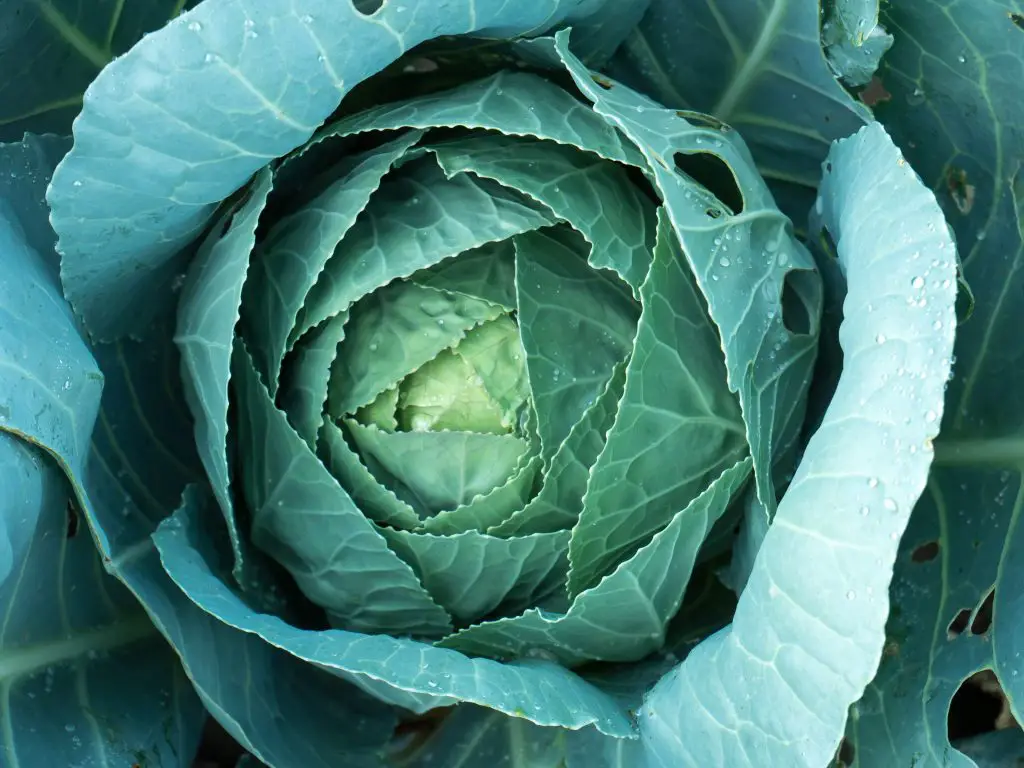
Red Cabbages generally have a similar shape and texture to the green varieties, and can be used interchangeably in most recipes. Red Cabbages look great in Coleslaw when combined with Carrot and Green Cabbage. However, when cooked, the colour tends to leach into other ingredients and will also turn blue when it is cooked along with any alkaline substance.
The compound that causes this effect, Anthocyanin, is useful as it allows the gardener to create a homemade pH kit. For information on how to do go to https://planyourpatch.com/why-is-ph-important-in-soil/.
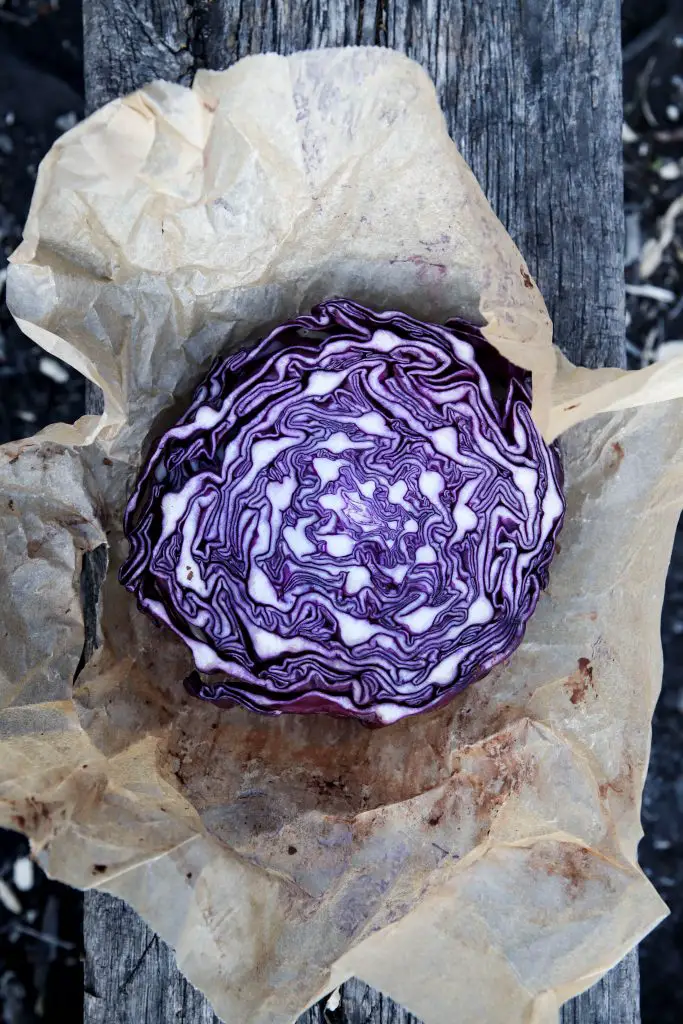
Savoy Cabbage is believed to have originated in Savoy, a region, which lies on the border of Italy, France and Switzerland. The earliest known record of this variety, dates back to the early 1,500’s. Savoy varieties have deep green crinkly leaves, that have a texture similar to Tuscan Kale. The head is less compact than the green varieties, due to the wrinkled leaves, but it looks similar to Green Cabbage. Like other forms of Cabbage, it may be eaten raw or cooked. When cooked, it will maintain its structure for longer that Red or Green Cabbages.
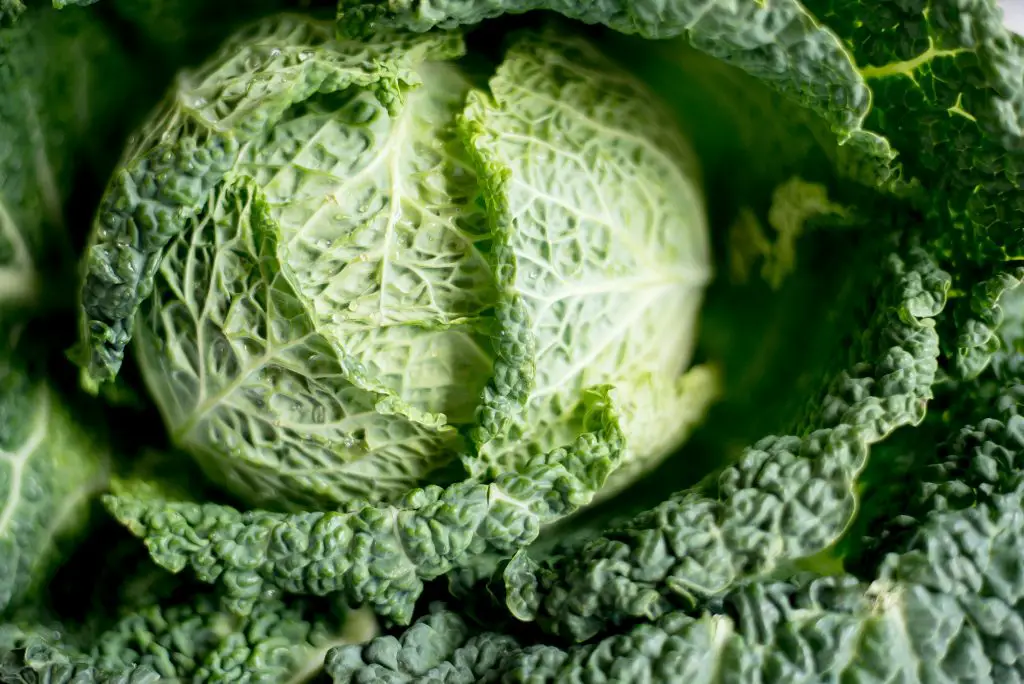
Napa Cabbage also known as Chinese Cabbage, is yellow-green in colour, with an oblong head that has frilly leaves that are crisp. It has the mildest flavour of all the Cabbages.
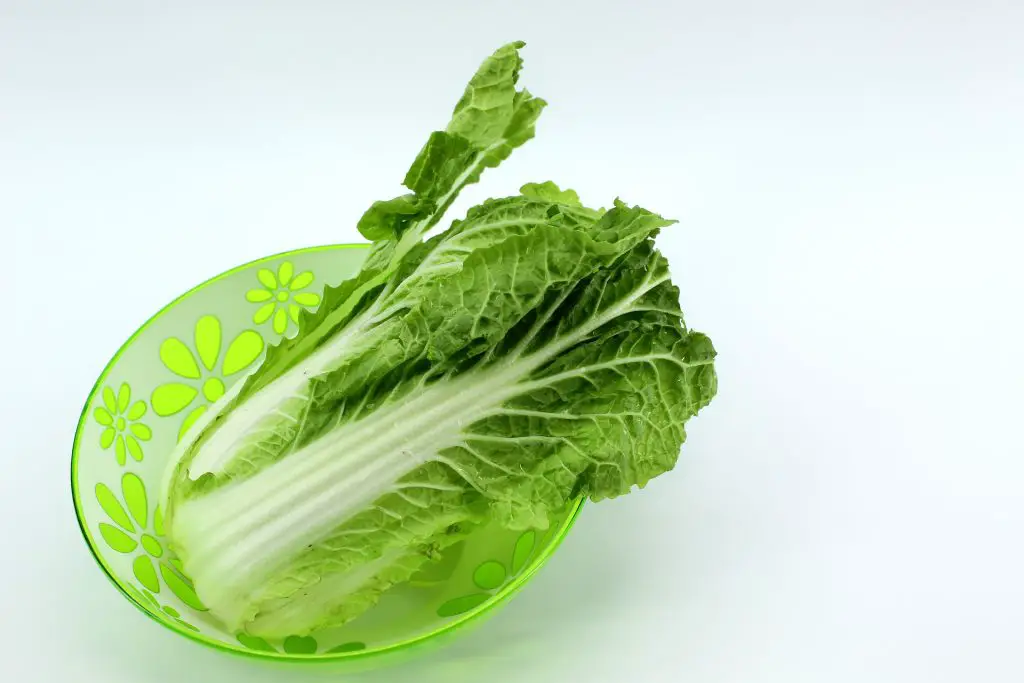
How to Grow Cabbages at Home
Cabbage is a cool-weather crop that is hardy and will tolerate temperatures as low as -3°C (26°F). The time of year to plant seedlings will depend upon the type being grown. Early varieties and mid varieties should be sown in Spring and late varieties should be sown in Summer.
For Early and Mid Season varieties, it is best to start seeds indoors 4 to 6 weeks before the last frost in Spring. Seedlings may be transplanted into the garden when they are 3 to 4 inches tall, and the temperature is greater than 7°C (45°F). For those living in regions with mild winters, late varieties can be planted in Summer for a Winter or Spring Harvest. Cabbage will be ready to harvest in 80 to 180 days from seed, depending upon the variety.
Cabbages prefer rich soil with plenty of organic matter, that is well-drained and has a slightly acidic to neutral pH of 6.2 to 7.
Cabbage requires regular, even watering to ensure that the heads do not become stunted or crack. Many traditional garden books recommended that the Cabbages be fed with a High Nitrogen Fertilizer and a dilute solution of Fish Emulsion every two weeks. However, I have found that this is unnecessary if the soil has been prepared adequately or the no-dig method has been applied.
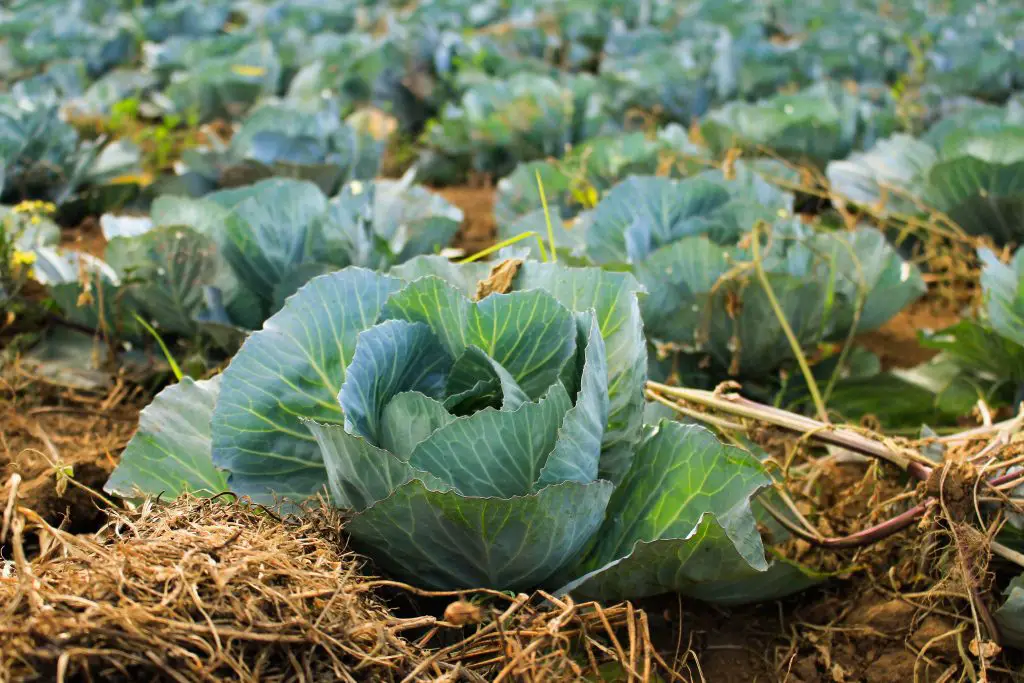
Cabbage Diseases and Pest Control
There is a range of diseases and pests that can impact your Cabbage crop. The most long term issue relates to Clubroot.
Clubroot is a soil-borne disease, that often appears in discreet locations within a field or garden, but in successive seasons it will infect the entire field, reducing the yield significantly and sometimes resulting in no yield at all. Its symptoms include yellowing, wilting, stunting of growth. However, the tell-tale sign is swollen lumps on the roots.
It can be easily transmitted by contaminated plants, equipment or irrigation, and once the land is contaminated it is almost impossible to eradicate. The reason for this is the pathogen can lie dormant in a field for years, ready for the next susceptible plant. It affects most members of the Brassica family. The only effective method to limit its impact in the soil is raising the pH to 7.2.
Another method used is dosing the land with water that has been boiled with brassicas in it, which is said to trick the spores into coming out of dormancy. Once out of the dormant state, they cannot return to that status. Other control measures that can limit its effect, are rotating the crops regularly, and burning any infected plants.
Cabbage Root Fly is one of the most common pests. The Root Fly lays its eggs on the surface of the soil. The maggots hatch on the surface and boar down into the roots of the plant. Small squares of tarred felt, 13 cm by 13 cm (5 inch by 5 inch), maybe placed around the base of the plant as a preventative measure. The fly will lay its eggs on the square and the maggots won’t be able to get off it.
White Cabbage Butterfly and Cabbage Moth are also relatively common. Both species will lay there Larvae on the plant. For the Butterfly, it is best to pick the Caterpillars off as they arise. Alternatively, a soapy water is also quite effective. Cabbage moth is best treated with a Pyrethrum spray.

How to Store Cabbage
Cabbages are a relatively easy vegetable to store for Winter. For those living in temperate climates, Winter and Spring Cabbages can be left in the ground to grow and be picked as required.
For those living in climates that require Cabbages to be brought in at the end of the season, they can be simply left in a cardboard box in a shed or garage, and they will be fine for a couple of months. However, if longer storage is required, then the traditional method of storing Cabbages is in a root cellar or garden pit.
In a root cellar, place the heads in rows on shelves, several inches apart in straw or newspaper. Cabbages are best stored at a temperature of 0° to 4°C (32° to 40°F), in a relatively high humidity environment. The use of the straw or newspaper will help to maintain the higher humidity.
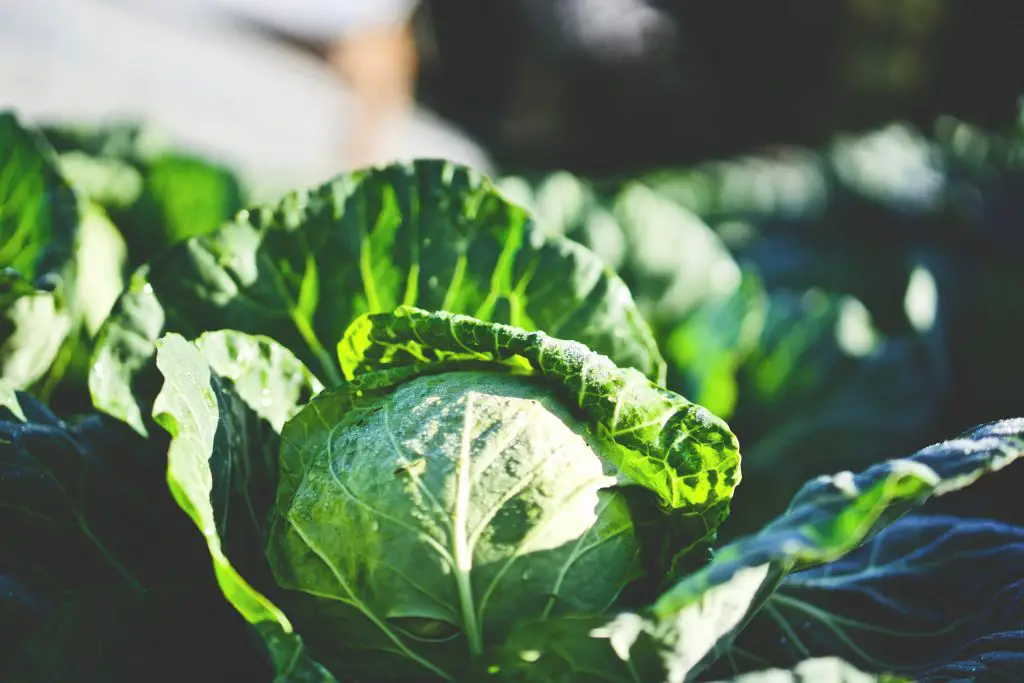
You can also store Cabbages in a garden pit. To create a Cabbage storage pit in the garden, dig a hole 60 cm deep (2ft) deep. Line the hole with a thick layer of straw for insulation. Place the Cabbages in the hole and cover them with more straw and then a tarp. This will allow easy access if it snows.
For Summer Cabbages, they can be stored in a refrigerator by wrapping the head in a damp paper towel and placed in a perforated plastic bag in the vegetable crisper section. The Cabbage will keep for three to four weeks, however, it is not uncommon to notice a strong cabbage odour in the refrigerator over time.
Related Articles
How Long Does It Take Cabbage To Grow? (A Complete Answer)
12 Tips To Boost Your Garden Output
When Should I Plant Winter Vegetables?
